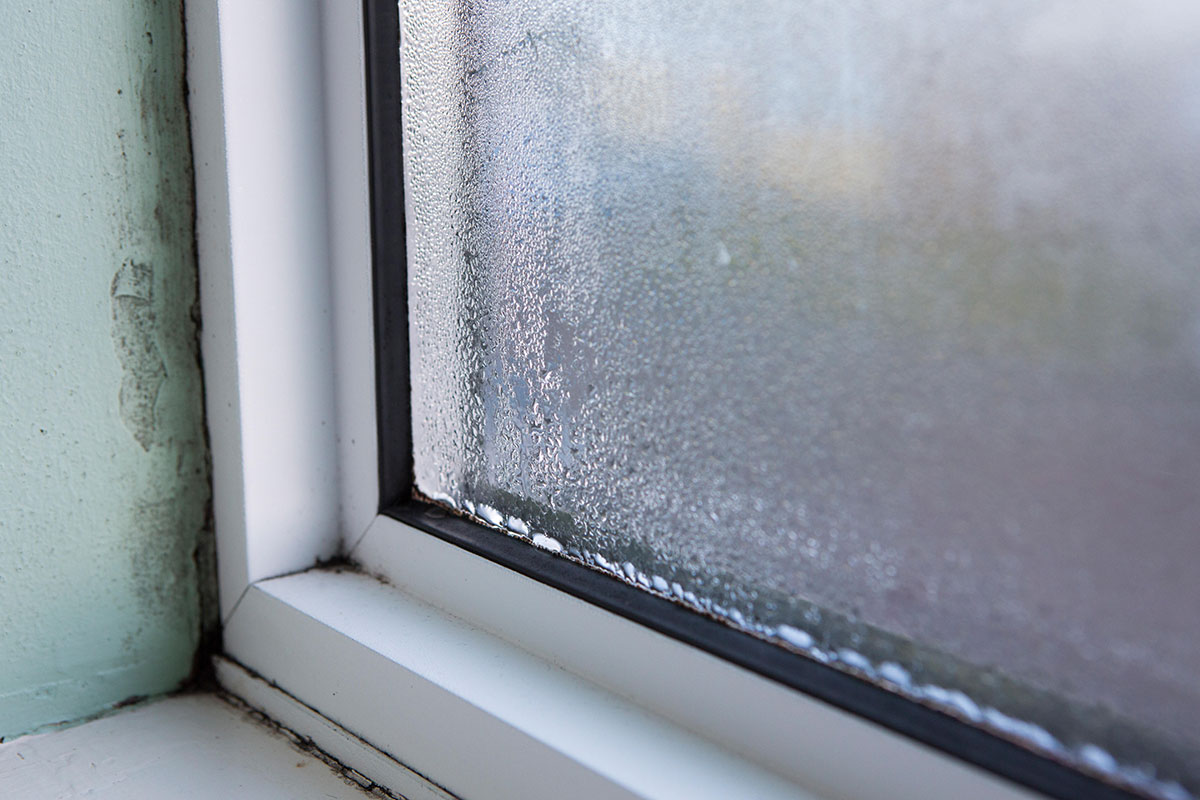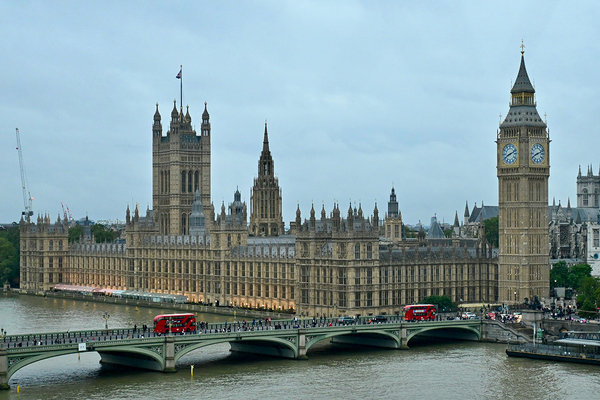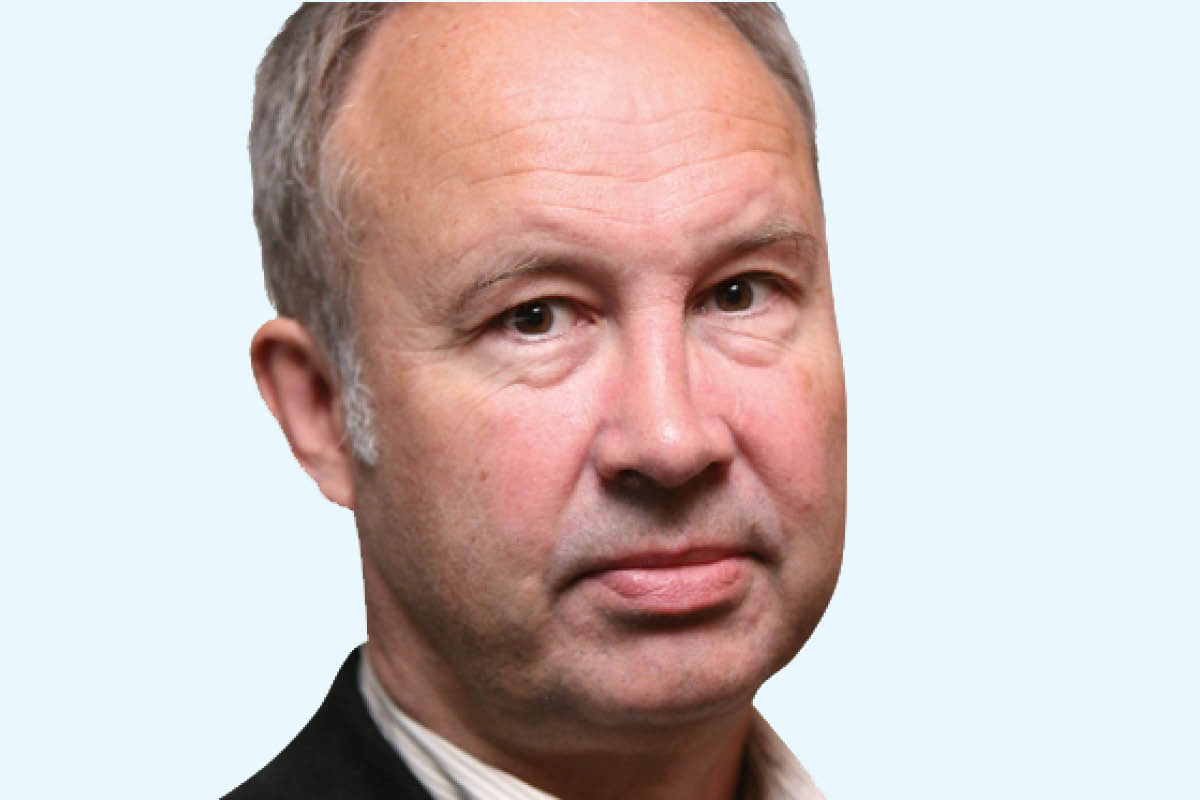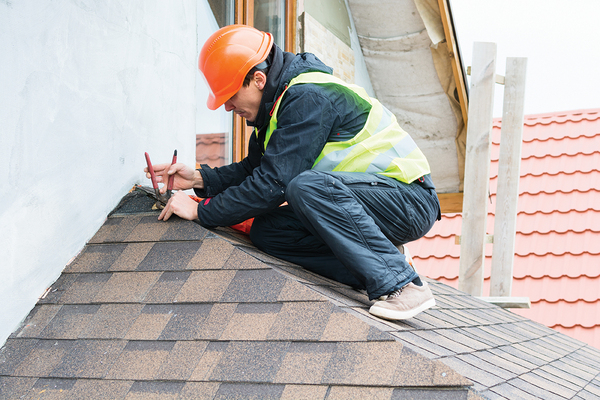Social homes see highest jump in damp levels across all tenures, English Housing Survey finds
Damp problems were found in 7% of social homes in 2023-24, an increase of three percentage points since 2019 and the highest jump across all tenures, according to the latest English Housing Survey.
The survey found that damp levels increased across all tenures over the past five years. The issue was most prevalent in the private rented sector, increasing from 7% to 9%. Levels in owner-occupied homes increased from 2% to 4%.
The survey found that overall, 5% of homes in England had problems with damp, higher than in any of the past five years.
In the social housing sector, council homes were more likely to have serious condensation (7%) than housing association homes (4%).
The report, which covers the second publication of findings from the 2023-24 survey, is focused on housing quality and energy efficiency in English homes.
The survey also found that over the past 10 years, the proportion of homes in the highest energy-efficiency bands of A to C more than doubled, increasing from 23% to 52%, while the proportion within the lowest bands of E to G fell by 17%.
According to the report, the “overarching” findings showed “general improvements” to both housing quality and energy efficiency in the long term.
It said that compared with a decade ago, there are fewer non-decent and unsafe homes, and more homes in the highest energy-efficiency bands.
“Nonetheless, we still observe a persistent level of homes that fail the Decent Homes Standard, or have poor energy efficiency ratings.
“More particularly, we have seen increases in levels of damp and mould and have also observed changes to the space available in homes and the size of households that could have knock-on effects for housing quality,” the report said.
The survey found a “notable increase in levels of dangerous damp and mould” in all tenures when compared with the pre-pandemic levels.
“This increase in dangerous damp and mould is particularly important given recent policy developments and health concerns,” according to the report.
Awaab’s Law, named after two-year-old Awaab Ishak who died from prolonged exposure to mould in a housing association flat, will force social landlords to respond to hazards in strict timeframes.
The law is already on the statute books under the Social Housing (Regulation) Act 2023, but secondary legislation is required to implement it across the social housing sector.
The government recently confirmed it had not yet made decisions on key details, including the implementation stage and the two sets of guidance that will be published for social landlords and residents.
Elsewhere, the survey found a reduction in the number of bedrooms available in the rented sectors alongside a decrease in the proportion of under-occupied homes from 16% in 2022-23 to 13% in 2023-24.
The overall rate of overcrowding in homes was 3%, similar to previous years.
Non-decency levels in owner-occupied homes decreased from 16% in 2022-23 to 14% in 2023-24, from 12% to 10% in the social rented sector, while there was no statistically significant drop in the private rented sector.
Last year, Category 1 hazards – the most dangerous kind – remained more prevalent in the private rented sector (10%) than owner-occupied homes (8%) and the social housing sector (4%).
Sign up for our asset management newsletter
Already have an account? Click here to manage your newsletters












